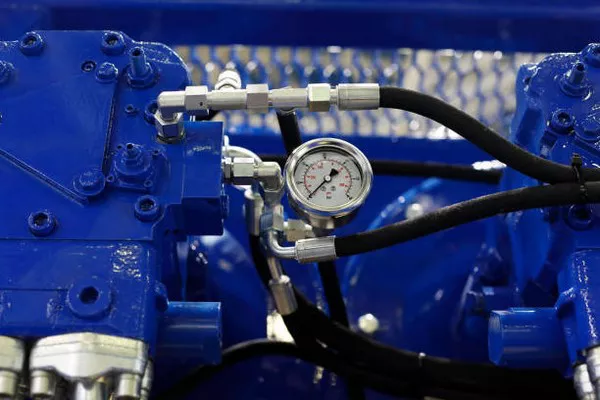Air compressors are indispensable tools in various industries, powering everything from pneumatic tools to manufacturing processes. Among the various types of air compressors, oilless models stand out for their efficiency, cleanliness, and low maintenance requirements. Understanding how these machines operate is crucial for industries relying on compressed air. In this article, we delve into the mechanics of oilless air compressors, exploring their inner workings and advantages.
Principles of Operation
Compression Stage
At the heart of every air compressor lies the compression stage, where atmospheric air is pressurized. In oilless air compressors, this process occurs without the aid of lubricating oil. Instead, they utilize specialized materials and mechanisms to achieve compression.
Piston vs. Rotary Design
Oilless compressors commonly come in two designs: piston and rotary. Piston-based oilless compressors employ one or more pistons moving inside cylinders to compress air. These pistons are typically made from durable materials such as stainless steel or aluminum and are lubricated with a Teflon coating or other dry lubricants to reduce friction. On the other hand, rotary oilless compressors utilize rotating components such as screws or vanes to compress air. These designs eliminate the need for pistons, reducing maintenance requirements and increasing efficiency.
Air Filtration Systems
Importance of Filtration
One of the key advantages of oilless air compressors is their ability to deliver clean, oil-free air. Achieving this requires robust air filtration systems that remove contaminants and particulates from the compressed air stream.
Multi-Stage Filtration
Oilless compressors often employ multi-stage filtration systems to ensure the purity of the compressed air. The first stage typically involves a pre-filter that removes larger particles such as dust and debris. Subsequent stages may include activated carbon filters to adsorb oil vapors and moisture separators to remove water droplets.
Maintenance Considerations
Regular maintenance of the filtration system is essential to ensure optimal performance and prevent contamination of downstream equipment. This may involve replacing filter elements, cleaning air intake ports, and monitoring pressure differentials across filters.
3. Cooling Mechanisms
Thermal Management
During the compression process, air temperature rises significantly, necessitating effective cooling mechanisms to prevent overheating and ensure continuous operation. Oilless air compressors employ various cooling methods to dissipate heat generated during compression.
Air vs. Water Cooling
Some oilless compressors utilize air-cooling mechanisms, where ambient air is directed over heat exchangers to dissipate heat from the compressed air. Others employ water-cooling systems, where water is circulated through heat exchangers to absorb and dissipate heat. The choice between air and water cooling depends on factors such as ambient temperature, space constraints, and specific application requirements.
Efficiency and Reliability
Efficient cooling is essential for maintaining the performance and reliability of oilless air compressors. Properly cooled compressors experience less wear and tear on components, resulting in extended service life and reduced maintenance costs.
Lubrication Alternatives
Dry Lubrication Systems
Unlike oil-lubricated compressors, oilless compressors do not rely on traditional lubricants to reduce friction and wear between moving parts. Instead, they utilize dry lubrication systems that employ solid lubricants such as Teflon or graphite. These lubricants are applied to critical components such as piston rings and bearings to reduce friction and ensure smooth operation.
Advantages of Dry Lubrication
Dry lubrication systems offer several advantages over traditional oil-based lubrication. They eliminate the risk of oil contamination in the compressed air stream, making oilless compressors suitable for applications where clean air is essential, such as in food processing and pharmaceutical manufacturing. Additionally, dry lubricants require less maintenance and are environmentally friendly, as they do not require disposal of used oil.
Durability and Performance
The use of dry lubrication systems enhances the durability and performance of oilless air compressors. By reducing friction and wear on moving parts, dry lubricants help extend the service life of components and improve overall efficiency. Additionally, they contribute to smoother operation and reduced noise levels, enhancing the user experience.
See also What Is The Purpose Of A Compressor? A Complete Exploration
Conclusion
Oilless air compressors offer a clean, efficient, and low-maintenance solution for industries requiring compressed air. By understanding the principles of operation, air filtration systems, cooling mechanisms, and lubrication alternatives, businesses can harness the full potential of these machines to enhance productivity and meet their compressed air needs. As technology continues to advance, oilless compressors are poised to play an increasingly vital role in various sectors, driving innovation and efficiency in compressed air applications.

